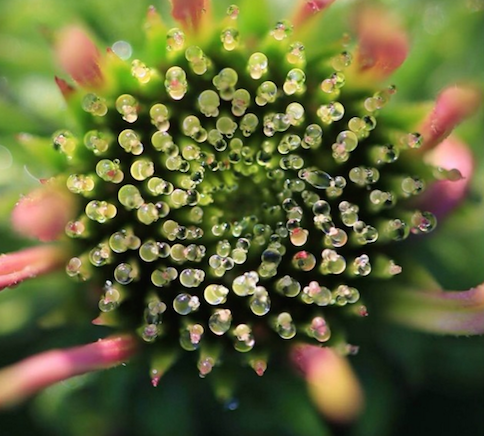
16 Jul What Your Feet May Say About Your Health
They say “the eyes are windows to the soul.” And while that may be true, way down at the opposite end of the body, our feet our offer a surprising number of clues about what’s going on inside us. And now that summer is upon us and insulated winter boots have made way for sandals, as a general rule, feet are exposed more than during any other season. Whether we’re lounging at the beach or walking barefoot through the grass, our feet tend to see the light of day more when the weather is warm. While we take deliberate action each day to care for our teeth, our hair, our skin, and more, we tend to take our feet for granted. As with many other parts of the body, we all but ignore our feet, expecting that they’ll always magically operate just as nature intended. Until, that is, something makes us take notice.
Many things about our feet can reveal issues going on at a deeper level inside us. The good news is, we don’t have to be podiatrists to recognize when something doesn’t look right. Also, when combined with other, seemingly “mild” or innocuous symptoms, out-of-the-ordinary issues with our feet can lend evidence as to what might be going on elsewhere in the body.
Cold feet aren’t just for weddings. When feet are uncomfortably cold on a regular basis, this may be indicative of hypothyroidism (particularly if experienced along with cold hands and other symptoms of low thyroid function). When toes become painfully cold, or possibly even numb, it may indicate Raynaud’s phenomenon. Another clue to Raynaud’s would be a color change: in Raynaud’s, blood vessels in the fingers and toes constrict and narrow, resulting in reduced blood flow to these extremities, giving them a white or even blueish appearance. Little is known about the etiology of Raynaud’s—“Despite more than 140 years of research, the pathophysiology of Raynaud’s phenomenon continues to elude investigators”—but it is separated into two classifications: Primary Raynaud’s, called Raynaud’s disease, “happens on its own” and is not associated with an underlying associated medical condition that could provoke vasospasm; Secondary Raynaud’s, or Raynaud’s phenomenon, is a condition that results when more serious diseases reduce blood flow to fingers and toes.
Other uncomfortable sensations in the feet and toes may be indicative of more dire health issues. Feelings of numbness, or feeling like one is wearing socks or stockings when they aren’t, may be symptoms of peripheral neuropathy or diabetic neuropathy. Coldness, tingling, and feelings of “pins and needles” in the feet (and hands) could be symptoms of pernicious anemia resulting from B12 deficiency.
Ridges and lines in the toenails not due to trauma might be signs of nutrient deficiencies. Insufficiencies of iron and zinc may result in fingernail ridges, abnormally shaped nails, or even nails that are concave in spots (called koilonychias), and this may be mirrored in the toenails. Unsightly yellowish toenails may be a sign of fungal infection (the most common cause), but they could also be a sign of compromised liver function, with jaundice causing a yellowing of skin, nails, and whites of the eyes.
Another indication of an underlying issue our feet clue us in to is enlargement of the big toe, particularly when accompanied by redness, pain, and a sensation of heat. Taken together, these may be a sign of gout. Originally thought to be primarily due to a high intake of dietary purines, more recent evidence indicates a role for excess fructose consumption in the pathogenesis of gout, and the buildup of uric acid in the blood. Some studies suggest that overconsuming even natural fruits and fruit juices that are relatively higher in fructose compared to other fruits may also contribute to gout, so it’s not just the sugar and HFCS-sweetened soft drinks that are typically blamed in such situations.
While our feet do send us these clear messages, most of these issues would occur along with other signs and symptoms. For example, numbness and tingling in the feet and toes are unlikely to be the only signs of peripheral neuropathy or pernicious anemia. And cold feet would certainly not be the only symptom of hypothyroidism a patient would experience. But for those patients—and there are plenty—who tend to ignore all “the little nagging things,” perhaps getting them to pay more attention to their feet would help hammer home the possibility that more serious issues are lurking underneath.
Feet aren’t glamorous. Unlike the adrenal glands or the gut microbiome, there isn’t a lot of buzz about them in the medical community. But we ignore the signals they send us at our peril.

